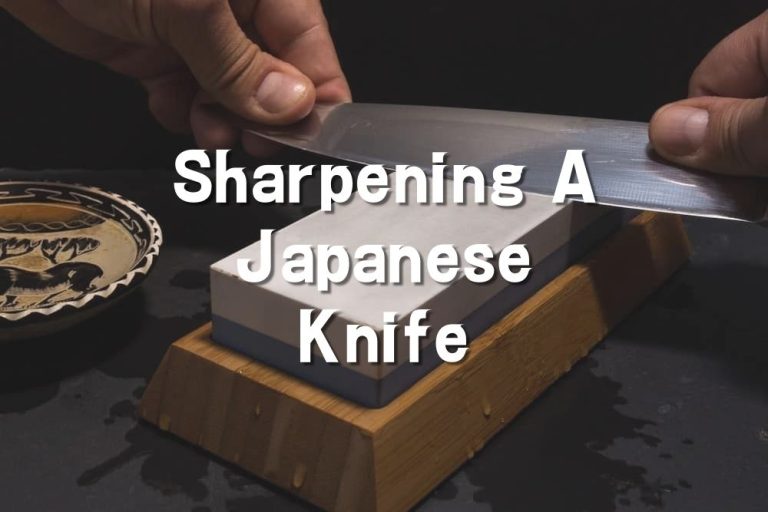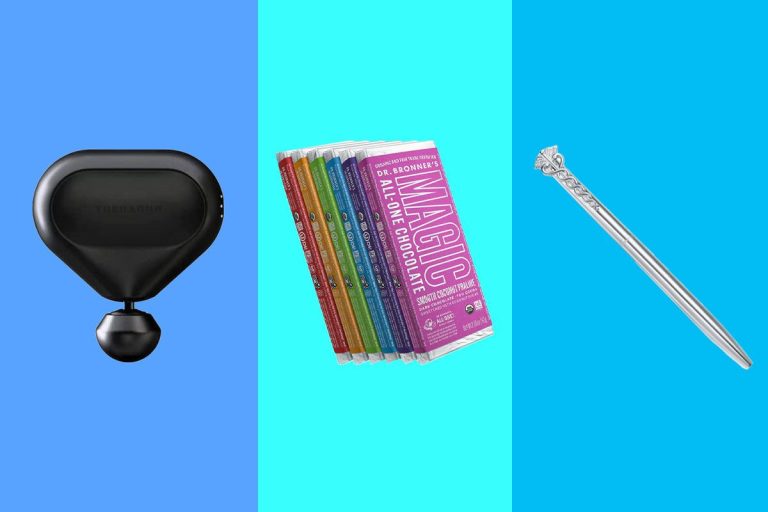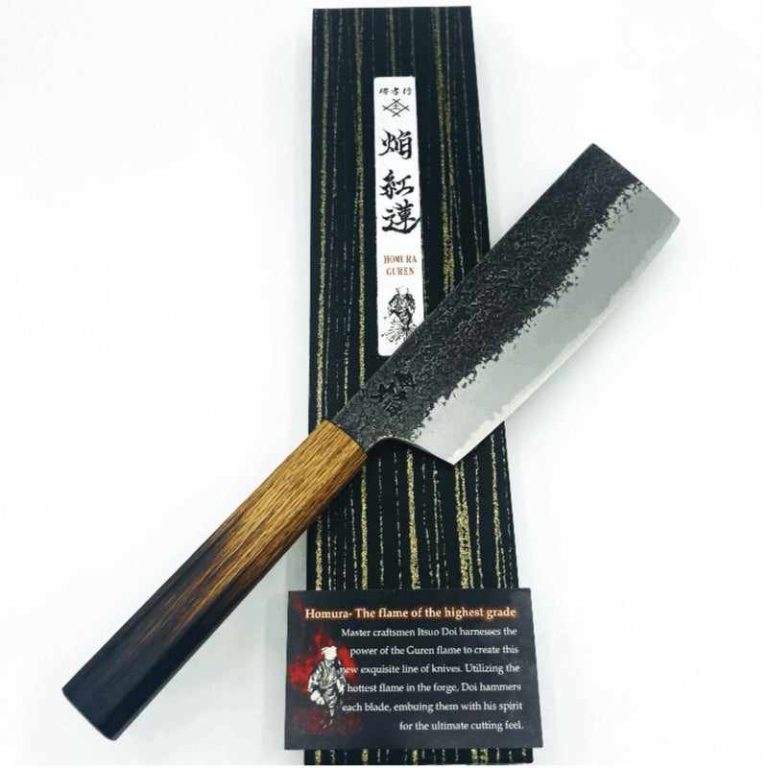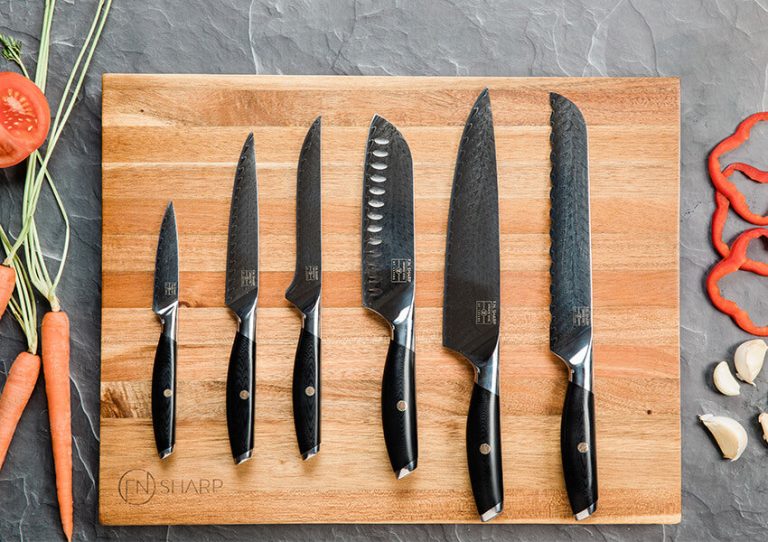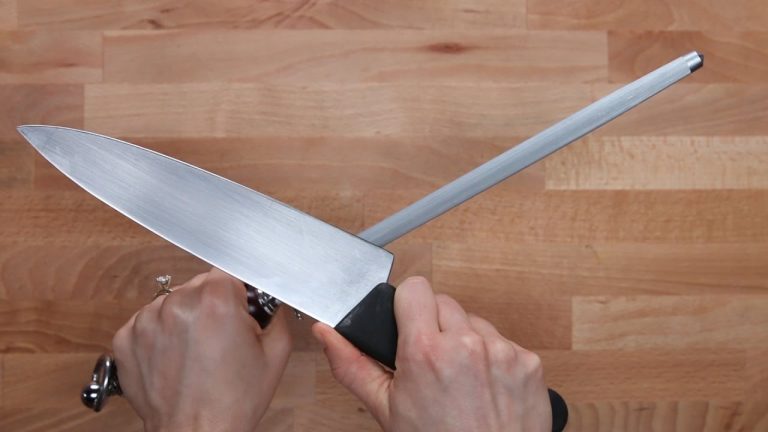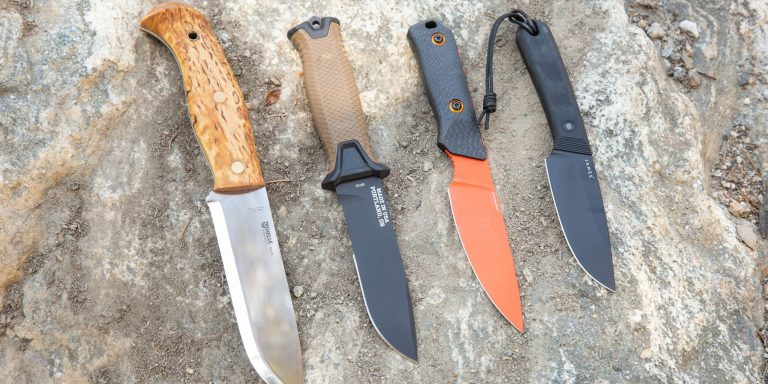Choosing the Right Blade Length
Choosing the right blade length is crucial for optimal performance. This guide will help you understand the factors to consider when selecting a blade length that suits your needs and preferences.
Whether you are working with a kitchen knife, a reciprocating saw, or a circular saw, the blade length plays a significant role in determining the efficiency and precision of your cutting tasks. By understanding the purpose of your tool, the material you are cutting, the size of the workpiece, and the desired outcome, you can make an informed decision on the appropriate blade length.
With the right blade length, you can achieve better control, efficiency, and safety in your cutting tasks, resulting in a job well done.
Understanding The Role Of Blade Length In Cutting Efficiency
Understanding the Role of Blade Length in Cutting Efficiency
- Blade length significantly impacts cutting performance. Longer blades offer an advantage for certain tasks, while shorter blades excel in others.
- When it comes to blade length, one must consider the material being cut, the desired precision, and the available workspace.
- A longer blade allows for wider cuts, making it ideal for large-scale projects where speed and power are crucial. However, intricate cuts may be challenging with a longer blade.
- Shorter blades offer enhanced maneuverability and control, which is beneficial when precision and intricate cuts are required. They are particularly useful in tight or confined spaces.
- Examples of different blade lengths and their applications include:
| Blade Length | Applications |
|---|---|
| Longer blades (10 inches or more) | Perfect for cutting large wooden boards, construction materials, or trimming branches in gardening. |
| Shorter blades (under 6 inches) | Great for intricate woodworking, detailed craftsmanship, and working in narrow or tight spaces. |
| Medium-length blades (between 6 and 10 inches) | Versatile blades suitable for a wide range of everyday cutting tasks, such as general woodworking and DIY projects. |
Ergonomics And Comfort Considerations
When choosing the right blade length for your needs, it is essential to consider ergonomics and comfort. The relationship between blade length and handle design plays a crucial role in achieving a balance between user comfort and blade functionality.
One important consideration is matching the blade length to the user’s hand size and strength. A shorter blade may be more suited for individuals with smaller hands or less physical strength, as it allows for better control and maneuverability.
Conversely, a longer blade may be preferred by those with larger hands or greater strength, as it provides increased reach and cutting power. It is important to find a blade length that feels comfortable in your hands and allows for a secure grip.
By selecting the right blade length that aligns with your ergonomic needs and comfort preferences, you can enhance your overall cutting experience and optimize your performance.
Blade Length For Food Preparation
Choosing the right blade length is essential for efficient and safe food preparation. When it comes to using knives in the kitchen, the ideal blade length varies depending on the type of food you are working with.
For delicate tasks such as peeling or trimming, a shorter blade length of around 2 to 3 inches works well. This allows for precise control and lessens the risk of accidents.
When it comes to slicing, dicing, or chopping larger fruits and vegetables, a longer blade length is ideal. A blade length of 6 to 8 inches provides the necessary leverage and allows you to glide through the ingredients with ease.
It is important to note that longer blades do not necessarily mean better. Contrary to common misconceptions, a longer blade does not automatically result in better cutting performance. The key is to choose a blade length that suits the specific task at hand.
When selecting a knife for food preparation, prioritize comfort, balance, and the specific requirements of the task. Remember, a well-suited blade length not only enhances efficiency but also promotes safety in the kitchen.
Blade Length For Outdoor Activities
Blade length plays a crucial role in determining the usability and functionality of outdoor knives. When it comes to camping and survival knives, **the ideal blade length** lies between 4-6 inches. This length provides a perfect balance between versatility and maneuverability, allowing you to perform a variety of tasks, from cutting ropes to preparing food.
On the other hand, hunting and fishing blades have distinct optimal lengths. For hunting knives, **blade lengths ranging from 3.5-5 inches** are preferred for their ability to cleanly and efficiently skin and field dress game. Fishing knives, on the other hand, generally have shorter, narrower blades measuring around 4-6 inches, which allow for precise filleting and scaling of fish.
It’s important to note that **legal regulations** may also influence the choice of blade length. Different regions and countries have specific laws regarding the maximum blade length allowed for carrying and using knives. Make sure to **research and understand the legal requirements** of your area before choosing a blade length for your outdoor activities.
Blade Length For Diy And Home Improvement
Choosing the right blade length is crucial for any DIY or home improvement project. Recommended blade lengths can vary depending on the task at hand. Here are a few guidelines to consider:
| Task | Recommended Blade Length |
|---|---|
| Cutting thick materials | Longer blades provide better reach and cutting depth, such as 9-12 inches. |
| Cutting curves and intricate designs | A shorter blade, around 6-8 inches, allows for greater maneuverability. |
| Precision cutting | Smaller blades, 4-6 inches, offer more control and accuracy. |
While blade length affects cutting performance, safety considerations should also be taken into account. Longer blades provide more reach but may be harder to control, increasing the risk of accidents. It’s important to balance maneuverability and accuracy when choosing the right blade length.
Assessing Your Cutting Needs And Preferences
| Assessing your Cutting Needs and Preferences |
| Understanding your typical cutting tasks |
| When choosing the right blade length, it is essential to assess your cutting needs and preferences. One of the significant factors to consider is understanding your typical cutting tasks. Determine what types of materials you usually cut and the thickness of those materials. |
| If you frequently work with delicate and intricate items, a shorter blade length might be more suitable. Shorter blades provide greater control and precision. On the other hand, if your cutting tasks involve larger and thicker materials, a longer blade length may be necessary for efficiency and ease of use. |
| Moreover, consider your personal preferences and comfort level. Some individuals may prefer shorter blades because they feel more comfortable maneuvering them, while others may find longer blades more convenient for their cutting needs. |
| Additionally, think about the type of cutting tools available for different blade lengths. Certain cutting tools might offer a wider range of options for shorter or longer blades. |
| In conclusion, choosing the right blade length involves understanding your typical cutting tasks, considering your personal preferences, and exploring the available cutting tool options. By carefully assessing these factors, you can ensure that your blade length selection is aligned with your cutting needs and preferences. |
Trying Different Blade Lengths
Trying Different Blade Lengths: Experimenting with various blade lengths allows you to find the one that best suits your needs. Each blade length has its own advantages and disadvantages, so it’s important to try different options.
Benefits and drawbacks of different lengths: Shorter blade lengths provide better control and maneuverability, making them ideal for detailed and intricate cuts. On the other hand, longer blade lengths offer greater cutting capacity and are better suited for thicker materials. Consider the type of cutting tasks you’ll be doing and the materials you’ll be working with to determine the most suitable blade length for your needs.
Seeking expert advice and recommendations: When navigating the world of blade lengths, consulting with experts can be helpful. Professionals can provide valuable insights and recommendations based on their experience and expertise. Make sure to reach out to knowledgeable individuals or refer to reputable online resources to ensure you make an informed decision.
Factors Beyond Blade Length
Factors Beyond Blade Length
The blade length is an important aspect to consider when choosing a blade, but it’s not the only factor that affects its functionality.
The shape of a blade can have a significant impact on its performance. Different blade shapes are designed for specific purposes. For example, a drop point blade is perfect for general cutting tasks, while a tanto blade excels in piercing and stabbing actions. Considering the intended use of the blade and its corresponding shape is crucial in making the right choice.
Aside from blade length and shape, there are other features to consider. The material of the blade, such as stainless steel or high-carbon steel, affects its durability and edge retention. The handle material, grip design, and overall weight are also important factors to ensure a comfortable and efficient use of the blade.
Sometimes, customization is required based on specialized purposes. For certain tasks, a shorter or longer blade may be more suitable. It’s necessary to assess the specific requirements of the intended use and make adjustments accordingly.

Credit: www.youtube.com
Conclusion
Considering the length of the blade is a crucial factor when choosing the right one for your needs. The blade length determines the level of control, precision, and versatility you can achieve in various tasks. Whether you’re a professional or DIY enthusiast, selecting the appropriate blade length can significantly impact your work efficiency and end results.
Remember to consider the materials you’ll be cutting and the type of tasks you’ll be performing to make an informed decision. By understanding the advantages and disadvantages of different blade lengths, you can optimize your cutting experience. Regardless of whether you opt for a longer or shorter blade, always prioritize safety and ensure proper handling.
With the right blade length at your disposal, you’ll be equipped to tackle any cutting job with confidence and precision. So, take your time, evaluate your needs, and invest in the perfect blade length for your projects. Your cutting tasks will thank you for it!

